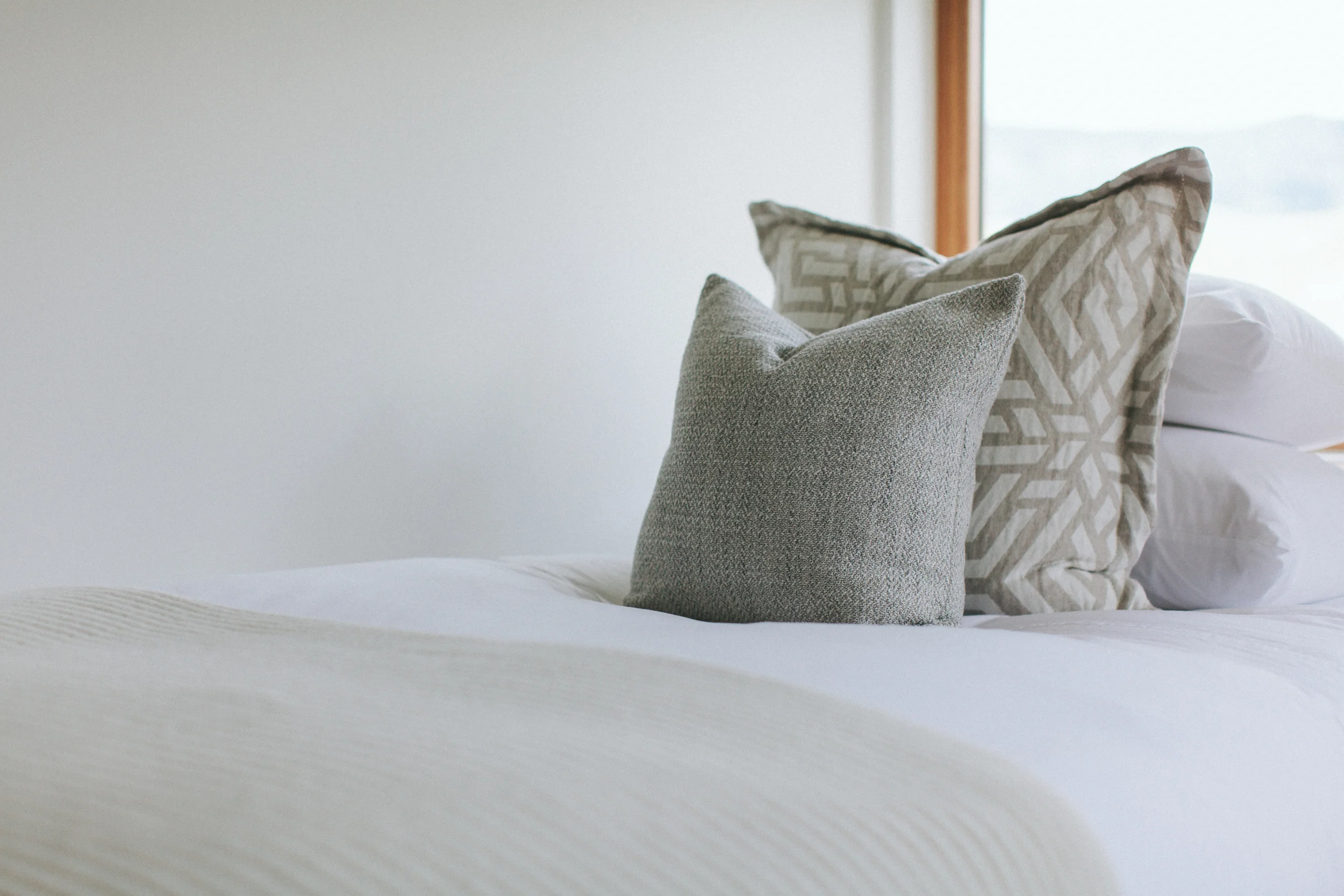About The Château
Tucked away in a quiet part of Normandy, on the edge of the River Seine, the Château d‘Yville is a privately owned historical monument, usually closed to the public.
The village surrounding the château, Yville sur Seine, dates to Roman times. Archaeologists have uncovered the remains of a Gallo Roman villa nearby. In the 9th century AD a Viking named Wito established himself at the site. The name of the village derives from this Viking: Wit Villam became Wivilla and then Wiville.
A descendant of Wito, Hugues de Wiville accompanied William the Conqueror in 1066. The village Church was consecrated on April 24, 1265. Between 1308 and 1708 ownership of the domain changed ten times. Notable owners were Jacques de Tyre who in 1407 owned 48 domains around France.
Yville was described at the time as composing granges, stables and a dovecote. From 1602 Francois d’Epinay-Saint-Luc, governor of Brittany was the Sire. In 1708 Marie-Anne d’Espinay-Saint-Luc sold the domain to a counselor of King Louis XV (then Regent), Francois Le Menu de la Noe. De la Noe hired the architect Jules Hardouin Mansart to design and build a Chateau on the site.
Building started in 1708 but was interrupted by the bankruptcy of De la Noe in 1717. Ownership passed through his creditor Roger d’Estampes to the Scottish financier and founder of the Banque de France and the Compagnie des Indes John Law. In turn Law went bankrupt in 1721 and Jean-Prosper Goujon de Gasville acquired the domain in February 1723 at auction. Jean-Prosper resumed construction of the half finished buildings. In May 1724 the Chapel of St Louis was consecrated.
The Chateau itself was completed in 1735 and the gardens and interior decorations were completed by 1742. The same family owned Yville from 1723 to 1982. Paul de Maures de Malartic inherited from his cousin, Maurice Goujon de Gasville in 1874. The Chateau is notable for the purity of its design, unchanged since construction in the early 18th century; for the quality of its materials, a yellowish stone from St Leu in the Parisian basin and the pure white Vernon stone of the foundations; for its setting overlooking a meander of the Seine, in extensive gardens and surrounded by forest and fields; and for the collection of 400 varieties of holly trees and Japanese cherry surrounding the 15th century dovecote.
More available on this wiki page.

